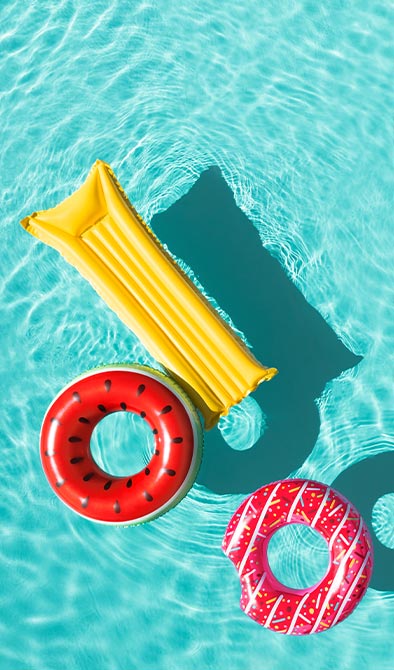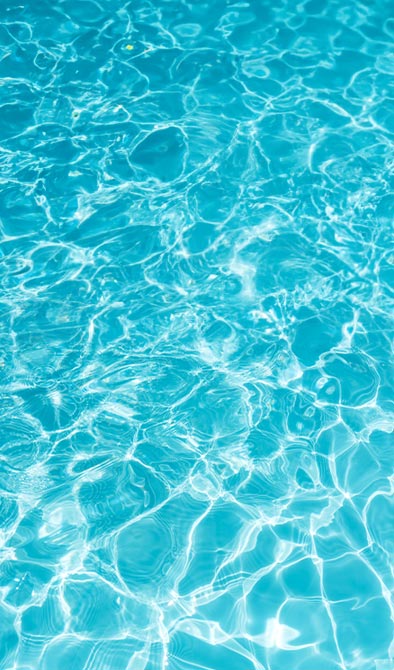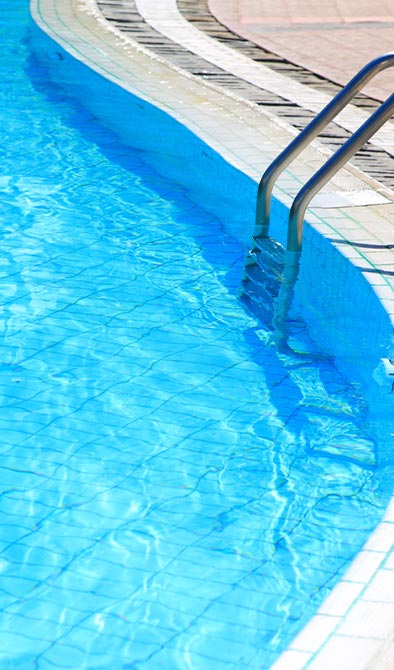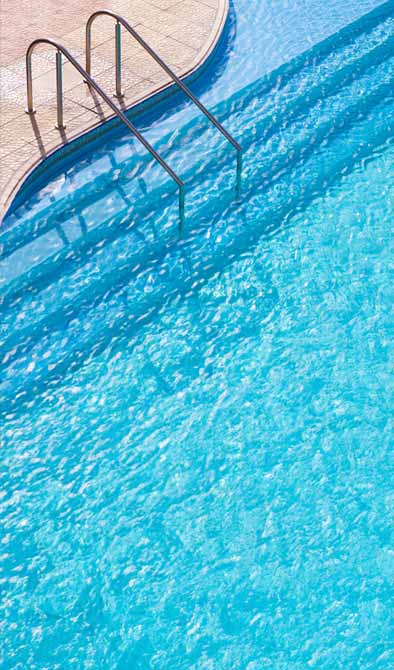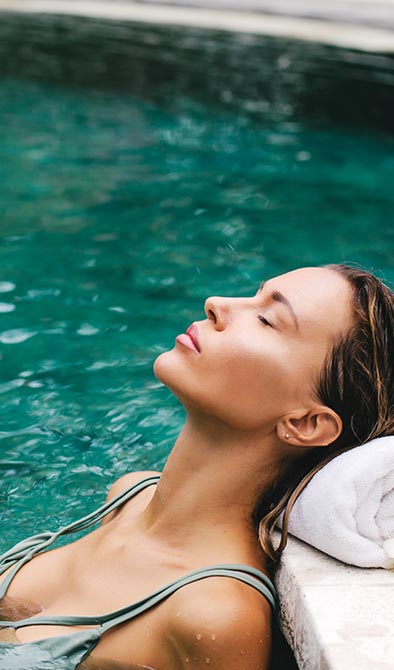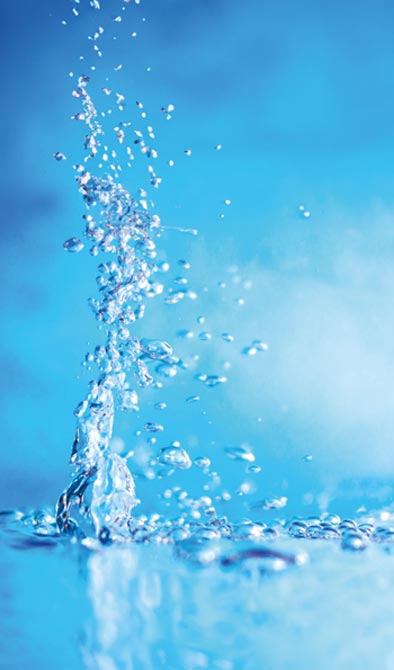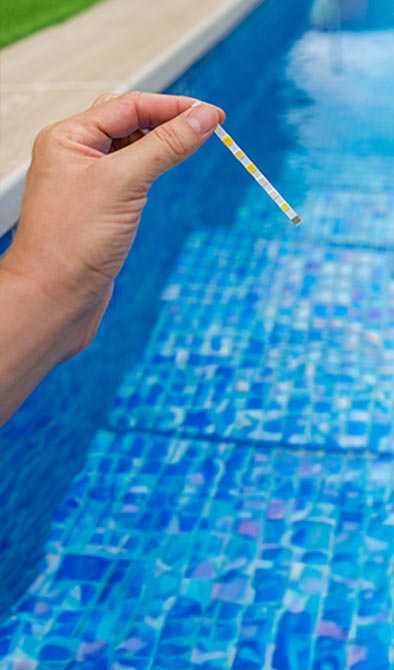Many pool owners have problems from time to time with algae. What is it and what can be done to get rid of it? What can we do to avoid the problem recurring?
The following may help answer these questions and help dispel some of the misunderstandings about the how and why of the appearance of algae in swimming pools. It is not really any different to the mould you see in shower recesses. Many household mould killers contain Sodium Hypochlorite (Liquid Chlorine commonly known as bleach) or especially in disinfectants, the chemical used in Pool Pro Algae Control (Benzalkonium Chloride). The strength in pool chemicals is much stronger than in household cleaners.
Algae is a small plant growth which can take on many forms and is closely related to seaweed which itself is a form of algae. As in the case of seaweed, it can come in many shapes and sizes but for the most part Algae found in swimming pools is very small and resembles moss. These tiny microscopic plants feed on nutrients contained in the water. The algae spores or seeds if you like, are already present in the water, transported to the pool by wind or are attached to other debris which finds its way into the pool.
The algae plant requires only air, sunlight, water, phosphates or a good supply of nutrients to grow. They normally grow most profusely in the shallowest water or low flow areas and are usually found around swim outs and steps.
Green algae is the most common. There can be hundreds of thousands algae spores in a ml of water before you ever see them.
Black Algae (Black Spot) clings to walls, floors, grouting and pebbles and is very resistant. It forms a waxy coating and is difficult to remove.
Mustard Algae which is a yellow/green colour is also resistant. It brushes off easily but returns quickly.
You can read more in-depth biology on Algae at the Live Science website by clicking here.
How do we get rid of it?
By removing any one of the elements mentioned above i.e., sunlight, phosphates or nutrients, the algae will not grow. The simplest way of ridding your pool of algae is to remove the nutrients required for algae growth. Shock dosing (with chlorine) of the pool will usually overcome the problem by starving the algae of its nutrients, causing it to die.
However they are extremely hardy little organisms and in some cases, the algae becomes so resistant to the normal sanitiser that treatment with a Pool Pro Algaecide is required. There are many of these available and your Pool Pro Professional can advise on which is best suited to you.
Maintaining correct water balance, sanitiser (chlorine) levels, and not allowing the pool to “go green”, along with occasional shock dosing, will usually keep algae under control. Add to this, a weekly dose of Pool Pro Algae Control as a preventative measure.
Once you have let algae take a hold in your pool, the spores are hidden in filtration and pipes, therefore it is harder to once again take control of it. Prevention is better than cure. Keep algae at bay by always having adequate chlorine in your pool water.
AS WITH ALL CHEMICALS KEEP OUT OF THE REACH OF CHILDREN AND STORE IN A COOL DRY PLACE. NEVER MIX CHEMICALS AND NEVER ADD WATER TO CHEMICALS, ALWAYS ADD CHEMICALS TO WATER.
